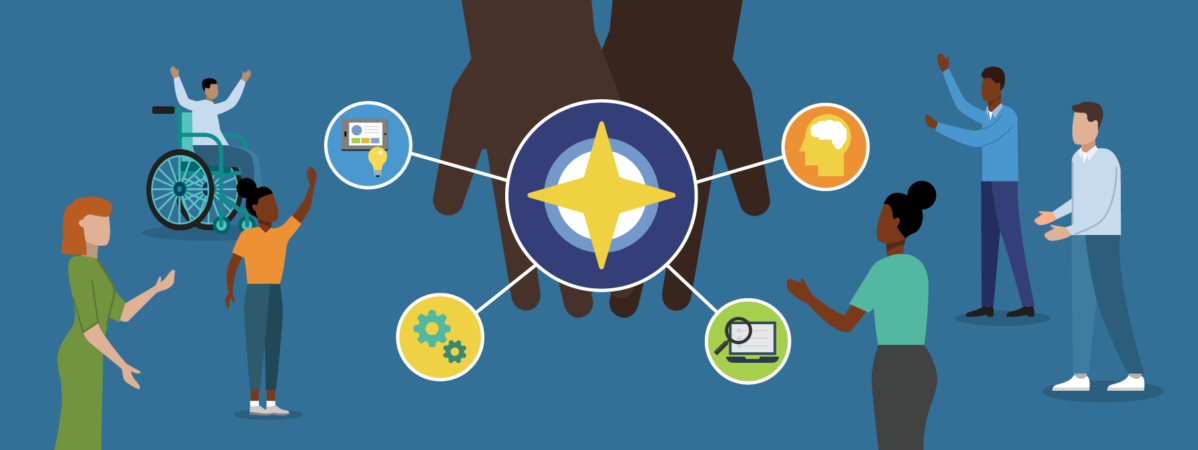
March 7, 2022 | By Erica Lawton Weinschenk
“Digital Promise is grateful to MacKenzie Scott for this generous contribution,” said Jean-Claude Brizard, president and CEO of Digital Promise. “Our team is honored by the vote of confidence and the responsibility that this gift brings. We are excited to apply it toward strategic investments in our infrastructure and in programs that can spark significant, positive impacts in the lives of learners and educators in the U.S. and around the world.”
Digital Promise is a nonpartisan, nonprofit organization with a mission to accelerate innovation in education and improve opportunities to learn for all learners. Since its launch in 2011, Digital Promise has worked with a wide range of partners and practitioners in the U.S. and around the world. It has developed dozens of programs that have placed the organization at the cutting edge of research, practice, and technology innovation. These include the League of Innovative Schools, Verizon Innovative Learning Schools, the Center for Inclusive Innovation, the Learner Variability Project, a robust ecosystem of micro-credentials and educational technology product certifications, and a team of the top learning sciences researchers in education.
Following its 10-year anniversary in fall 2021, Digital Promise unveiled a new strategic framework and North Star goals to guide its work in the next decade and beyond. The strategic approach emphasizes building on the organization’s existing programs and networks to achieve greater outcomes for learners. It also includes an explicit focus on meeting the needs and aspirations of learners who are historically and systematically excluded, including students from low-income backgrounds, rural students, students with learning differences, and Black, Indigenous, and Latino students.
By Elliott Barnes and Sara Mungall